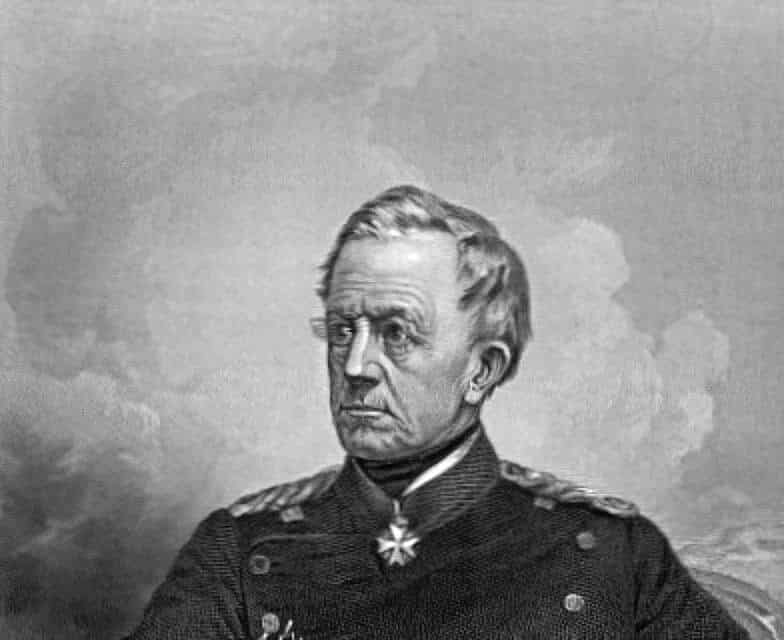Warfare is a steadily evolving beast, that constantly adapts to meet new conditions. Most of the time, the evolution is gradual, but sometimes warfare undergoes rapid changes that are, on a historical time scale, sudden and revolutionary. When that occurs, it is often thanks to innovative commanders who stepped outside the box, and came up with ideas that changed warfare.
Following are ten military leaders who revolutionized warfare in their day.
Epaminondas and Basic Battlefield Tactics
In 378 BC, war broke out between Thebes and Sparta, and the Thebans, led by Epaminondas (died 362 BC) had their work cut out for them. Other Greek city states staffed their phalanxes with citizen soldiers – civilians who temporarily took up arms during wartime. By contrast, Sparta’s citizens were professional soldiers who began training at age 7 in a brutal military academy, and spent the rest of their lives training for war.
Sparta could afford that because of massive slavery. It conquered its Messenian neighbors in the 8th century, BC, then turned the entire Messenian population into state slaves, known as Helots. To control the Helots, who outnumbered the Spartans ten to one, Sparta became a military state and society. It also became a police state, with a secret police known as the Krypteia, to terrorize the Helots and kill any who seemed restive or showed leadership potential. It was lebensraum writ small – the Nazis actually drew upon Sparta when drawing their plans for conquering Eastern Europe and enslaving the locals.
The end result was an elite Spartan phalanx unmatched in discipline and toughness. By the 4th century BC, Sparta was Greece’s leading power, and the Spartan phalanx was one that nobody wanted a piece of. That is, until Epaminondas showed up, and broke the spell of Spartan invincibility by breaking the Spartans at the Battle of Leuctra in 371 BC.
There, Epaminondas led a Theban army of 7000 hoplites, plus 600 cavalry, against a bigger Spartan army of 10,000 hoplites, plus 1000 cavalry. Of those, the Theban elite was a unit of 300 warriors known as The Sacred Band, comprised of 150 pairs of homosexual lovers. The Spartan elite was a unit of 1000 full Spartan citizens, trained for war since childhood.
The Greek norm was to place the best troops at the right side of the their line. As such, it was rare for the best troops of both armies to come into contact with each other. Epaminondas changed that by putting his best troops on the left side of his line, directly opposite the Spartans. Then he introduced two innovations that revolutionized warfare.

First, Epaminondas departed from the norm of lines of a uniform depth – usually 8 to 12 men deep. Instead, he stacked the left side of his line 50 deep, by thinning the rest of the his line. That is, he concentrated force at the decisive point. Second, instead of advancing in line abreast, Epaminondas echeloned his army so that his powerful left was the first to reach the enemy, and his right was the last.
The Spartan right, stacked twelve deep, shattered upon impact with Epaminondas’ left, fifty deep. It lost 1000 men, including 400 of the Spartan elite citizenry, and the Spartan king Cleombrotus I. Epaminondas’ innovations would form the bedrock of king Phillip II of Macedon’s military principles, and those of his son, Alexander the Great.
The myth of Spartan invincibility never recovered. Epaminondas went on to invade Sparta, and freed the Helots, who formed an independent state. Since its society and economy depended on slave labor, Sparta was forever after reduced to minor player status. Epaminondas died in 362 BC, killed while dealing Sparta another crushing defeat.

